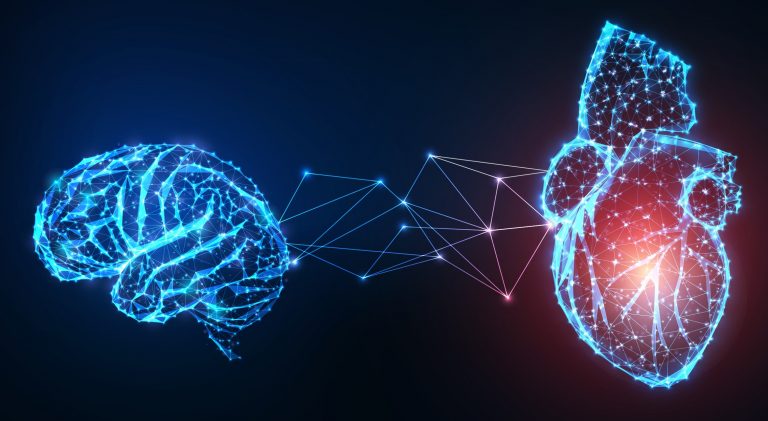If we cannot always act on external conditions, we have and will always have the possibility to act on how we live our lives.
Many tools and techniques of personal development, such as mindfulness, are wonderful for this. Indeed, their effects are constantly being proven empirically and scientifically.
Among these techniques, I would like to draw your attention today to cardiac coherence. It is a simple breathing technique, free of charge, without any contraindication, and accessible to all.
What is Cardiac Coherence ?

Cardiac coherence is a physiological balance phenomenon synchronizing sympathetic and parasympathetic nervous system activity. In other words, it allows us to balance our autonomic nervous system (ANS) and, thus, all our physiological functions.
How does it work?
Breathing is the only way we have to act on our ANS, which we call, the endocrine (hormonal) system, our two big batteries. The balance of these depends on all our functioning. Obviously, the two are closely linked and interdependent. It is essential to know that stress is the first element that disrupts this balance.
For our reptilian brain, stress is equivalent to a signal of the danger of death. Moreover, it puts the body in a state of flight or fight. Indeed, our adrenal glands release strong quantities of adrenalin, dopamine, and cortisol. Also, the heart accelerates, the muscles contract, digestion as well as all our functions of cleaning, repair, assimilation, rest stop. The priority being to save our life.
You begin to understand the problem of stress when it becomes chronic…
You should know that even in a very punctual way, a very strong emotion of anger or stress of five minutes leads to an imbalance for about five hours (think twice before panicking or getting angry!)
Effects of Cardiac Coherence

One of the “magic” solutions to this is cardiac coherence, which immediately brings balance. It releases hormones that are antagonistic to those of stress, notably DHEA (also called “youth hormone”), lowers blood pressure, and increases brain alpha waves (concentration, learning, memory). In addition, it is important to know that we have about 40 thousand neurons in the heart (equivalent to a brain era!). We also act on our neurology, allowing us to live our emotions with more distance and discernment.
In practice
Cardiac coherence method is summarized by the “365”: 3 times a day, 6 breaths per minute, for 5 minutes. Breathe in for 5 seconds and breathe out for 5 seconds (counting slowly to 5). The method can be practiced sitting or standing, but not lying down. You can practice it everywhere: in transport, in the waiting room, in the office, while walking, … ! So no more excuses, even for the busiest of us (knowing that its power of concentration saves a lot of time). Having practicing it, I can tell you that trying it, is adopting it!
Interested in mindfulness? Find our other articles on the subject, below:


